
There is a rich offering of post-war European churches in the realm of religious architecture; surprising, perhaps, given the horrors of the first half of the century and the apparent absence of the divine. Clearly, a change was needed; and this new monograph from photographer (and Wallpaper* contributor) Jamie McGregor Smith, is a personal journey through the new, post-war era’s modernist architecture, bringing a fresh creative eye to these worn and weathered structures.
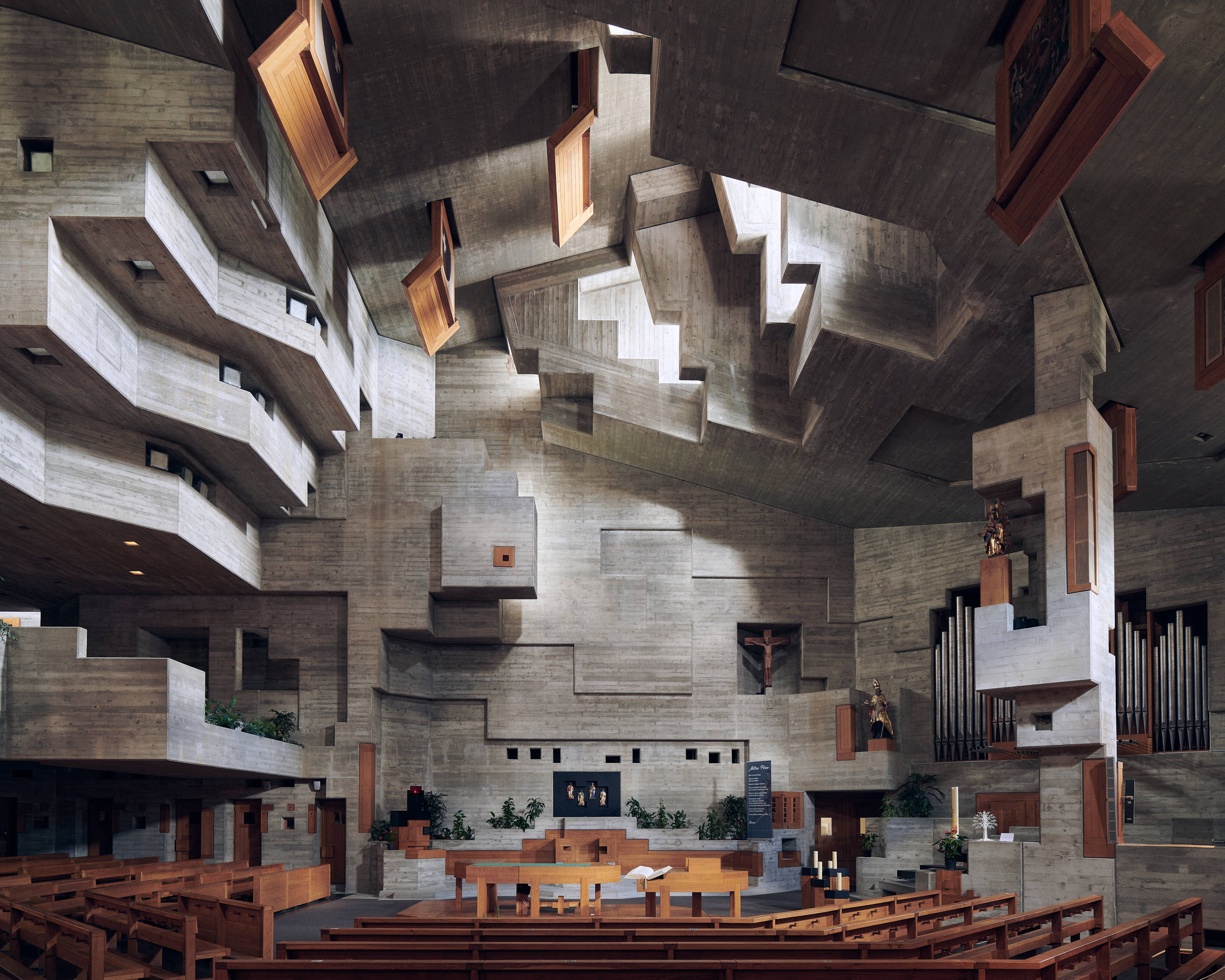
'Sacred Modernity': an ode to post-war European churches
For spiritual leaders, a new generation of ecclesiastical architecture was needed for a new generation of worshippers, one that eschewed the hierarchies and symbolism of the past and dove deep into modernism’s advances. Architects had free rein to explore the structural dynamism of new materials and the abstract arrangements conjured up by new juxtapositions of space and light.
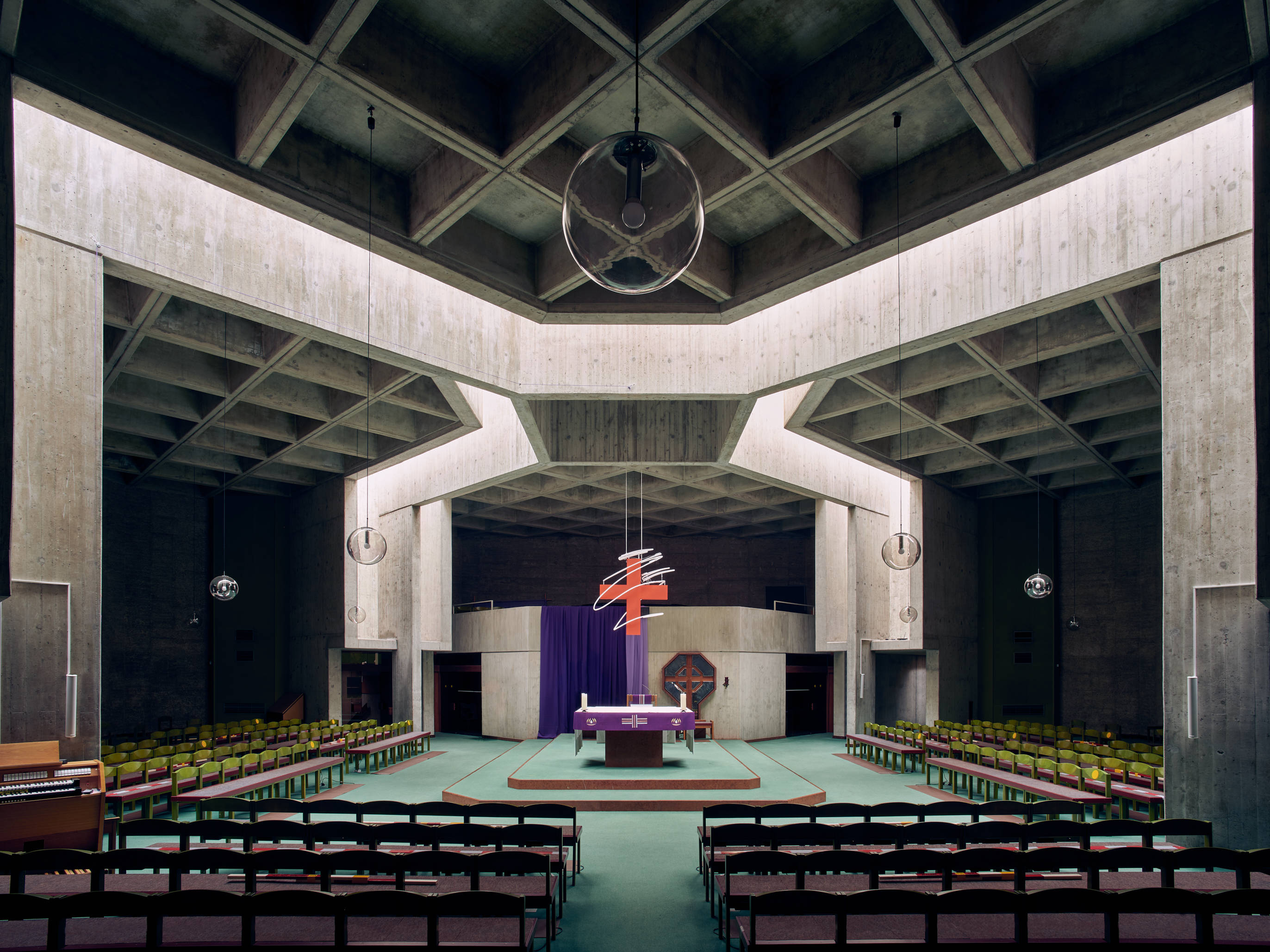
According to the photographer, ‘this was the period when the church married the atheist architect and bore a child of pure form’. The projects chronicled, especially those in Germany, Austria and Switzerland, frequently featured raw concrete as their primary material, and this primal brutalism gives these interiors the same power as the great medieval cathedrals.
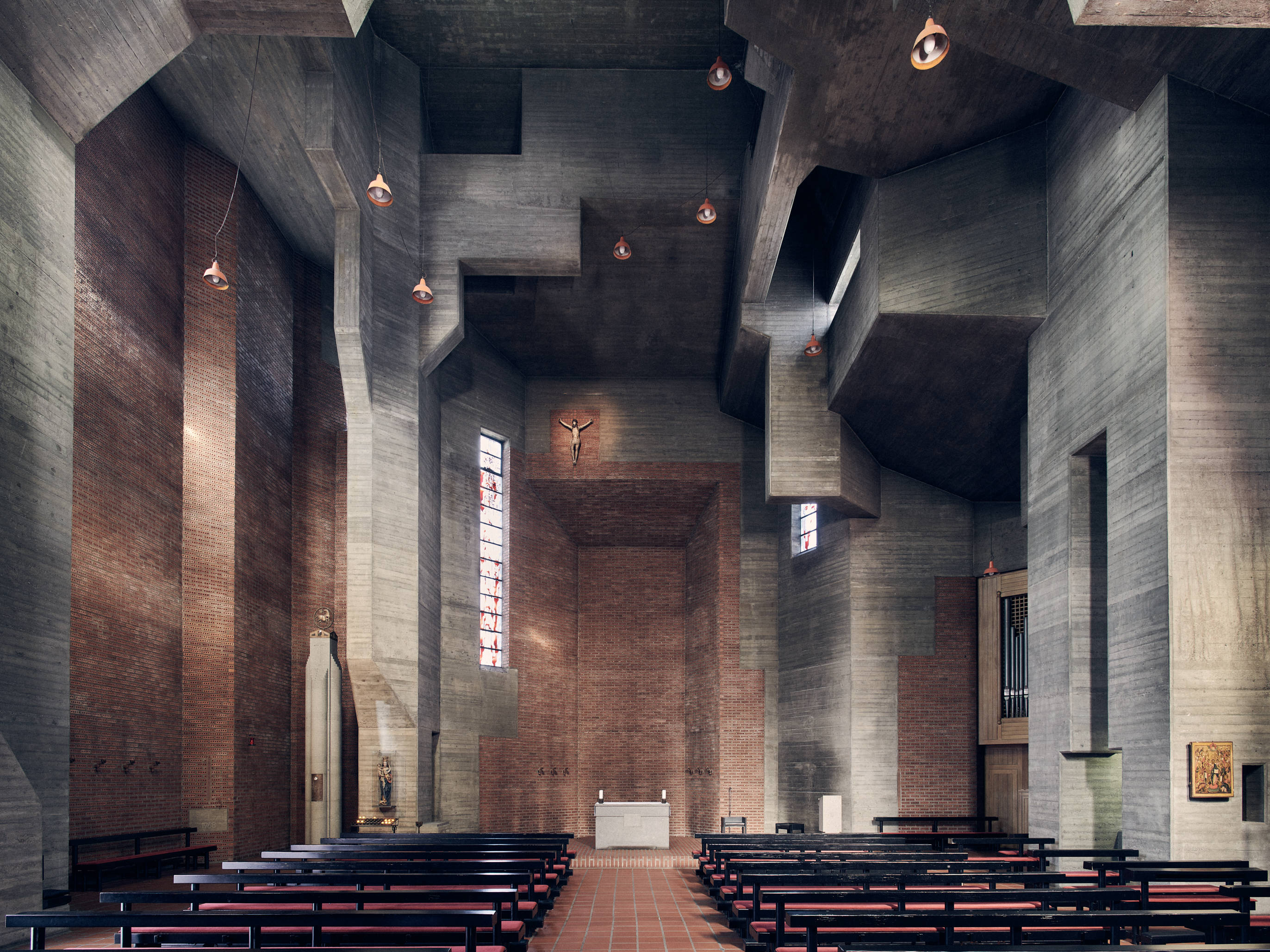
McGregor Smith’s stunning images capture the enduring quality of all great ecclesiastical buildings, a sense of being out of time and place, transporting the visitor to a different plane, regardless of their beliefs. In a characteristically iconoclastic endpiece, the writer Jonathan Meades considers the dilution of drama, power and dread in the modern British church, rendered insipid by reform and the democratising influence of modernism.
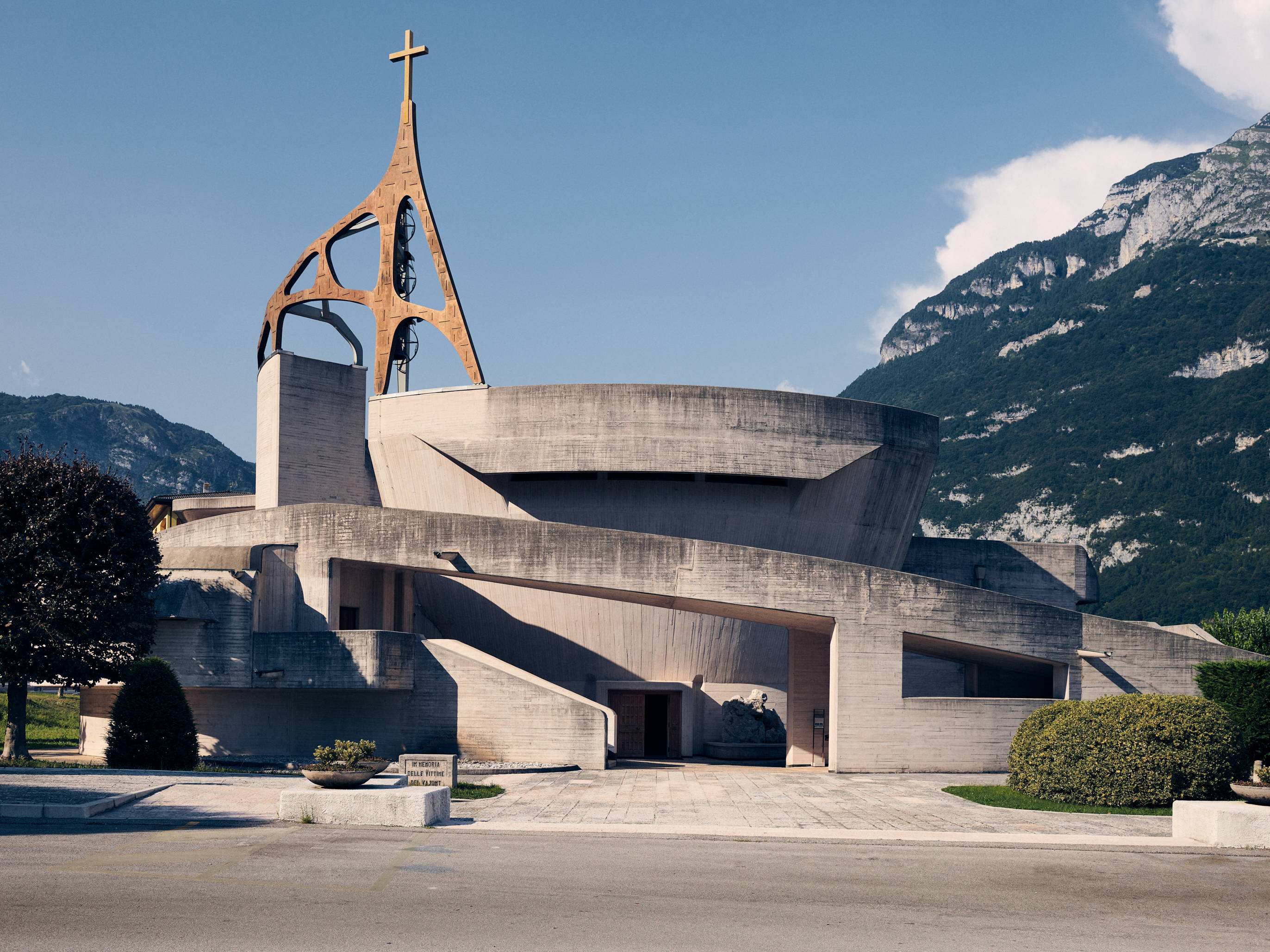
Regardless of Meades’ declaration that ‘there is no modern vocabulary to embody such an ancient and anachronistic idea’, the featured projects all have a distinct individuality and strength. Unlike a traditional church, these are structures that might outlast their respective creeds, and retain their strength despite society’s inexorable ongoing drift from organised religion.
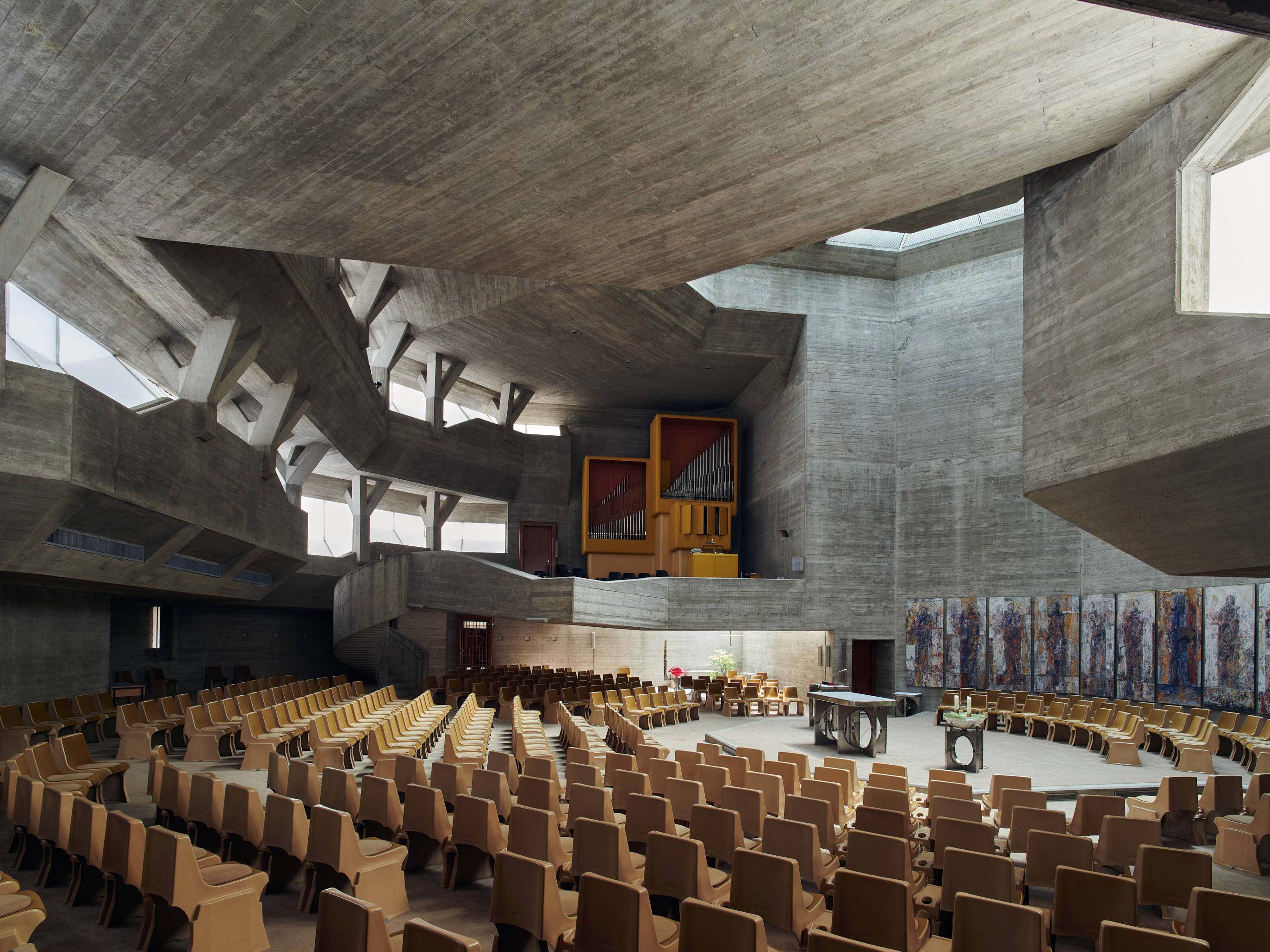
'Sacred Modernity: The Holy Embrace of Modernist Architecture', Jamie McGregor Smith, Hatje Cantz, £54, also available from Amazon and Barnes & Noble








